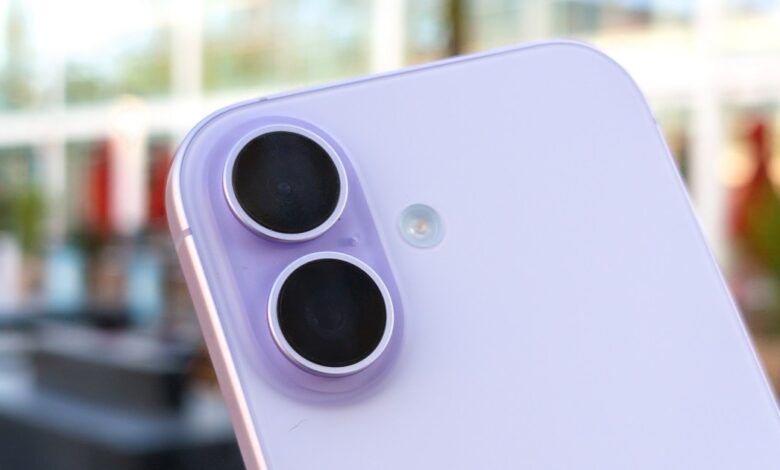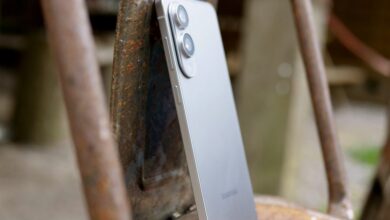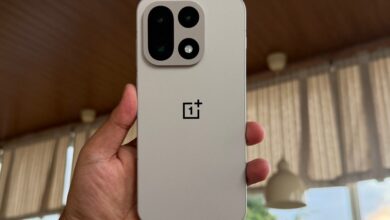IPhone 17 Outshines Galaxy S25 and Pixel 10 in a Surprising Way

Affordable Flagships: The Battle for the $800 price Point
When it comes to premium smartphones, many consumers are leaning towards more budget-friendly options, especially those priced at or below $1,000. This year has seen intense competition in the $800 range. Samsung kicked things off with the Galaxy S25 in January. Following that, Google introduced its Pixel 10 last month, featuring an upgraded telephoto lens. Just recently, Apple unveiled its latest contender in this price bracket: the refreshed iPhone 17.
The addition of a telephoto lens on Google's Pixel 10 puts it head-to-head with Samsung's Galaxy S25 since both devices boast a triple camera setup and share a similar price tag of $800. In contrast, Apple took a different approach with the iPhone 17 by providing most features found in the iPhone 17 Pro but without including a telephoto lens or carrying its higher price.
Though,there's one surprising area where the iPhone 17 outshines both competitors: value—primarily due to its base storage offering.
The Storage Game: Apple's Bold Move
Apple seems to be changing how smartphone storage is viewed by making all four new iPhones start at an extraordinary 256GB of storage. This shift could signal an end to varying base storage options that often left users wanting more space for their daily needs.
In contrast, Samsung and Google still offer models that begin with just 128GB of RAM as their entry-level option. The Galaxy S25 and Pixel series—including the Pixel 10 and even its pro version—start at this lower capacity. From personal experience during my recent usage of these devices, I can confirm that this amount is becoming insufficient for many users today—even with services like Google Photos managing content automatically.
This trend highlights a growing reality recognized by Apple: people are increasingly capturing moments from their lives through photos and videos. During my visit to a tech event recently, I faced low-storage alerts while snapping pictures and recording clips—a clear sign that today's users need more space than ever before.
The Value Proposition of iPhone 17
A important advantage stemming from Apple's decision to boost storage across all models is how much value it brings compared to rivals within this same price range.
Let’s break down some pricing details among key competitors:
- 128GB:
- 256GB:
- 512GB:
- 1TB:
- Apple iPhone 17: $799 | $999
- Samsung Galaxy S25: $800 | $860
- Google Pixel 10: $799 | $899
This upgrade comes at an ideal time when budgets are tighter than ever compared to flagship models costing significantly more. With both Google and Samsung limiting maximum available storage on their devices also to just up to 256GB—likely encouraging cloud service subscriptions—the starting point for Apple’s offering gives it an edge over others in terms of overall value within this segment.
A Shift Towards Standardization?
If there’s one thing we can take away from Apple's move toward standardizing higher base storage amounts across phones like the iPhone 17—it might set off another trend within smartphone design philosophy moving forward! Ideally speaking; every phone should come equipped with no less than 256GB as standard; there realy isn’t any valid reason against such progress!
An additional benefit lies beyond mere capacity; phones starting out at only 128GB often exhibit slower read/write speeds which detracts from user experience overall—making them feel less premium compared against faster alternatives! The introduction of larger capacities proves you don’t have pay exorbitantly high prices anymore—and we shouldn’t have too either!
A Closer Look at Features Across Models
The upgrades present throughout various iterations bring nearly identical experiences between models such as iPhone Pro alongside regular versions—including stunning displays measuring around six inches diagonally along side rapid charging capabilities (40W) plus Qi wireless charging support (upwards towards twenty-five watts). Yet undeniably—the standout feature remains centered around increased internal memory offered here versus competing brands!
Your clicks help keep our journalism alive! NoveByte may earn small commissions when you use our links—but rest assured they won’t influence our editorial choices! If you're feeling generous today consider supporting us here!.





